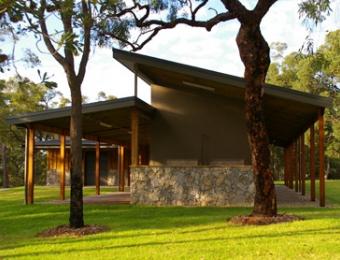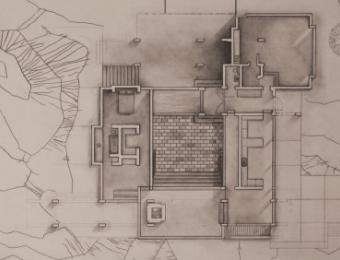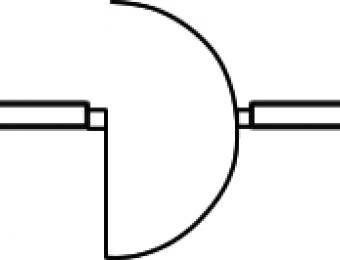
You could easily be forgiven for not knowing the difference between an architect and a building designer. They’re both employed to design buildings – and they share many common skills and offer very similar services if you’re looking to build or significantly renovate a house.
Depending on the skills and qualifications of individual practitioners, the distinction between these two professions can be a wee bit murky, but there’s one key distinction that ultimately draws the line between the two: to legally call yourself an architect, you need to be registered with a State-based architecture board.
What is an architect?
To be legally identified as professional architect, a person must:
- have a formal tertiary education / degree in architecture
- be covered by the necessary liability insurance (this is required for registration)
- be officially registered as an architect with the governing architecture body in their state or territory
Registration with the state architecture body is what defines an ‘architect’, for professional and legal purposes. Even if a person has several degrees in architecture and many years of professional experience, it’s illegal for them to trade as an ‘architect’ if they’re not officially registered as one.
Academically speaking, architects study both the art and the science of building design in considerable depth. Architects normally spend at least five years at university, covering technical design and other things like history and contract law. Graduates are normally required to do two years of practical work under a registered architect before they’re eligible for registration as an architect themselves.
Architects and building designers alike have the freedom to apply their own creativity, although this depends as much on the client and the brief as it does on the individual architect or building designer. Architects or building designers can be involved with the entire construction project (sometimes acting as the ‘contract administrator’).
What is a building designer?
Building designers were once known as draftspeople - or probably more commonly ‘draftsmen’. The name has since changed to reflect their evolving roles and skill sets.
These days, the role of a building designer extends into the design of functional, energy efficient and often spectacularly creative homes.
Building designers can come from a number of design-related backgrounds. This includes people with degrees and experience in architecture who aren’t officially registered as architects, as well as people who have extensive formal education in any number of design fields.
Required qualifications for building designers
In many parts of Australia, anyone can operate as a building designer with no qualifications or credentials whatsoever. There are no registration or licensing requirements for building designers in the following states and territories:
- Western Australia
- New South Wales
- South Australia
- Northern Territory, and
- ACT
While anyone can operate as a building designer in these places, it’s crucial to remember that ultimately their work needs to fully comply with building and planning regulations, or it simply won’t be built. For that reason, you’ll need to choose carefully in these states and territories.
In Victoria, Queensland and Tasmania, you have greater protection. Building designers in Victoria are required by the Victorian Building Act (1993) to be registered with the Building Practitioners Board under the category of Draftsperson, Class of Building Design (Architectural).
In Queensland, building designers must hold a current BSA Building Design License. In Tasmania, building designers working on projects costing more than $5000 are required to hold a Building Practitioner Accreditation.
Insurance and the necessary technical skills and qualifications (typically an Advanced Diploma in Building Design) are required in order to qualify for any of these accreditations / registrations / licenses.
It’s a good idea to look for building designers who are members of professional associations like the BDAV (Building Designers’ Association of Victoria) or the BDA (Building Designers Australia) too. Those who belong to these associations are likely to have done continuing professional development (or ‘CPD’), which means in theory that they’ll be up with the latest changes to local planning laws and similar issues affecting their work.
Which should I hire - an architect or a building designer?
There’s no right answer to this question. You can get an equally spectacular design from either an architect or building designer.
There’s also a general misconception about cost, too. Many people wrongly assume that an architect will always be more expensive by default. While less costly projects are likely to be better suited to a building designer, prices and pricing structures can vary quite a bit, and highly sought-after building designers are likely to charge appropriately for their services.
The best choice is the architect or designer that looks like they’ll best fulfill your needs, and provides the best bang for your budget.
What should I look for in an architect or building designer?
Ideally you should base your choice on experience, qualifications, accomplishments and enthusiasm – and obviously look for someone whose previous work appeals to you. Equally or more important is to find someone you’re certain you can get along with – particularly if that person is likely to be helping to oversee the construction of your home. You’ll be working with them for quite a while!
If you’re keen to double check credentials, we’d strongly recommend contacting your state Architecture board, local building authority (particularly in Victoria, Queensland and Tasmania) - or your local building designers’ association.






